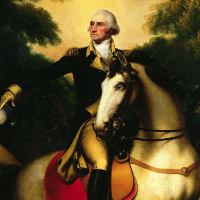 Social Studies
Social Studies
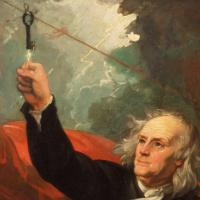 Science
Science
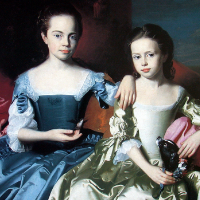 Art
Art
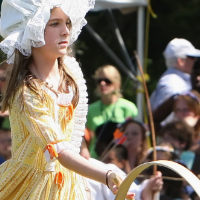 PE
PE
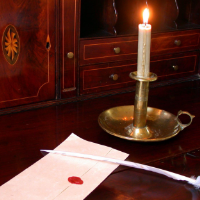 Language Arts
Language Arts
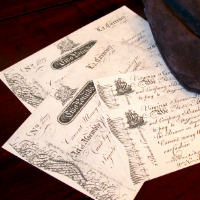 Math
Math
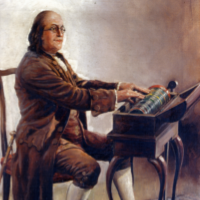 Music
Music
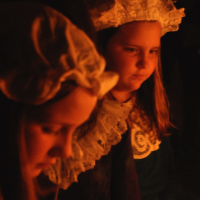 Patriots Day
Patriots Day
SCIENCE
Had it not been for the Scientific Revolution and the Enlightenment, there would not have been an American Revolution.
Science lessons capture what turned the world upside down, led to our American Revolution, and is the backbone of our government today.
Science includes multiple units from which the teachers can chose, confident that every unit will enhance the student’s understanding of both science and the founding of our nation.
Lesson: Science Leads the Way and Creates a Nation
Using 11 flashlights, 11 black-with-white block lettered signs, and powerful audio, students time travel from the Dark Ages to the Scientific Revolution, to the Enlightenment, and to the creation of a self-governing nation. When the word IMAGINE is spoken, the room goes totally dark.
Listen to the way the experience begins.
Lesson: Locke and Kant
Students apply 18th Century reasoning techniques for examining moral behavior scientifically developed by two Enlightenment giants—Locke and Kant—to examine and debate elements of the U.S. Constitution and Bill of Rights.
Locke and Kant’s 18th century reasoning techniques become a natural part of the student’s ethical decision making, important for a nation whose survival depends on a self-governed citizenship.
The end of law is not to abolish or restrain, but to preserve and enlarge freedom. For in all the states of created beings capable of law, where there is no law, there is no freedom.”

Lesson: Peale’s Natural History Museum
Students relive the American discovery that stunned the European science community and improved our new nation’s international standing. They…
- Discover massive bones of an unknown animal and record each one
- Puzzle over how to assemble the bones
- Apply comparative anatomy of the skeletal system and assemble the skeleton
They recreate Peale’s Philadelphia Museum, the first natural history museum in America. Combining their new knowledge of 18th century art, animal and plant classification, research and oratory, they…
- Plan their own natural history museum around the skeleton.
- Paint 18th century self-portraits
- Build environmental habitats for the plant or animal they have discovered
- Prepare what they will say about their discovery to guests of the museum
- Stage and market the exhibit of their giant find


